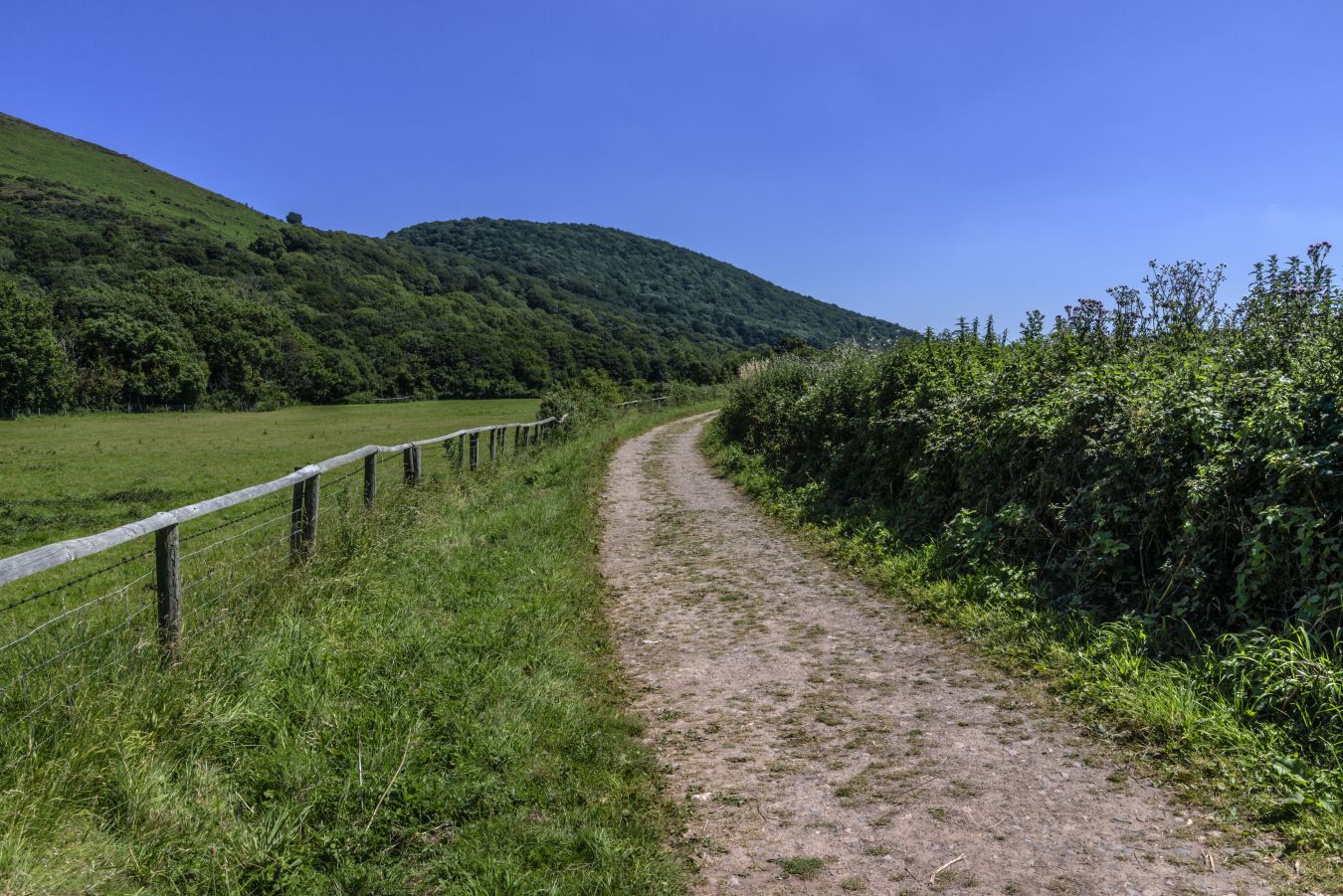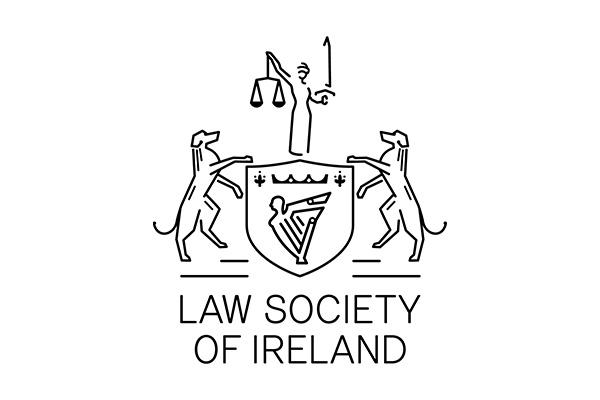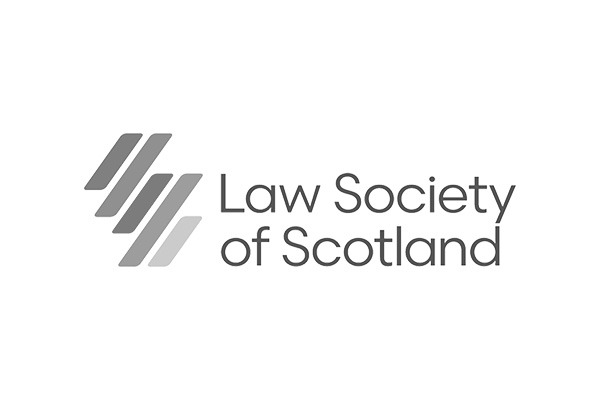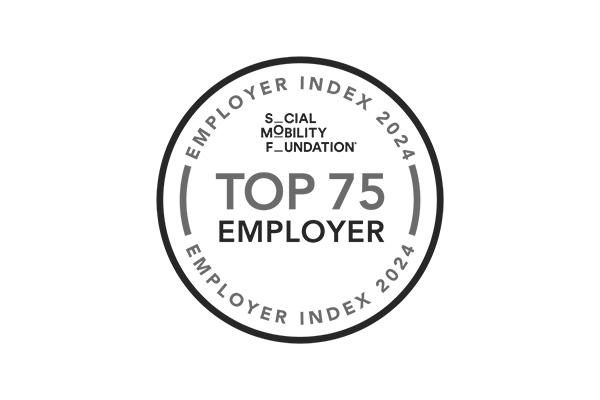
Contributors: Emma De Sailly, Stephanie Hepburn
Date published: 24 March 2025
On the verge – the extent of servitudes in Scotland
In both rural and urban areas, servitude rights can be an essential facet of property ownership. Two recent cases relating to servitude rights of access, McNab v Highland Council and Beaton v Hendry, illustrate the types of disputes that may arise when use of an access road comes into question.
McNab v Highland Council
The recent case of McNab v Highland Council, an Inner House appeal from a 2023 decision, centred around a right of vehicular and pedestrian access over a track, allowing access to a field.
Mr McNab owned Kildun Farm, which he acquired from his parents in 2006. Prior to this, in the 1990s, parts of the Farm had been acquired by the Highland Council as part of a Compulsory Purchase Order (CPO), to allow for the upgrading and realignment of the A862.
As part of the land acquisition by the Council, one of the fields on the Farm could no longer be accessed directly from the A862. To allow for access, the Council had erected a junction and track leading from the A862 to the field but no express servitude right was ever granted over the track.
In 2016, Mr McNab applied for planning permission to develop a field on the Farm (previously used for arable land) as a site for commercial tractor repairs and sales. A dispute arose as to the extent to which Mr McNab enjoyed any access rights over the track constructed by the Council to get to the field. The customers of this new site would need to use the track to reach the facility and so this access was crucial to the success of the new venture.
Mr McNab claimed that his parents had originally objected to the CPO, but later withdrew their application because, he said, when the CPO was granted, the Council had agreed to grant an unrestricted right of access from the field to the A862, to replace the previous access. Mr McNab’s position was that the new track was intended to be a direct replacement for the access his parents previously enjoyed into the field which was taken away by the A862 construction. The Council’s position was different – it claimed the new track was, in fact, an upgrading of an existing access used by locals, including the McNabs. The Council stated that they probably did intend to grant the McNabs a servitude right of access, which never happened, but in any event, the creation of the new track was only on the understanding that the McNabs had a right of access over the old track for agricultural purposes only and so any new servitude to be granted would have been restricted on this basis.
Mr McNab lodged affidavits from his parents (now deceased) as to their understanding of the agreement with the Council (that they were to acquire a full unrestricted right of access over the new track) but ultimately the Lord Ordinary found that there was no private servitude right of access over the road, but that a public right of access did exist, which was restricted to bicycle and pedestrian use. Some private landowners took vehicular access over the road. however, there was no evidence that members of the public generally took vehicular access over it
Mr McNab appealed. On appeal, the Inner House of the Court of Session held that a right of access for vehicular access did exist over the access track. Lord Carloway stated that this was not a private right, therefore the right used must be public.
In its decision, the Inner House provided a helpful commentary on the two forms which a right of passage over a road or track can take in Scotland (excluding those roads or tracks which are publicly adopted). The first, a private servitude right is granted by one owner in favour of another and is usually limited to use by the benefited owner and those authorised by them. It may be for pedestrian, vehicular, or other means of travel as defined in the relevant deed or, in certain circumstances, by twenty years’ use. It was clear, on the facts, that such a right was not in use here.
The second, and only other right to use a road or track, is a public right of passage. In contrast to the private right of passage, the public right “cannot normally be confined to a restricted class of persons” (unless created under statutory powers).
The original right, prior to the 1990s, was a public right to take vehicular access to the field. The intention by the Council was to replace that access and, as such, the intention must have been to create a new access over the new track and junction. As a private right did not exist here, the right in question must be a public right of passage. This public right allowed vehicular use. If the Council had not wished to allow a public right to be created over the road, it was within their gift to give all the landowners a restricted servitude right of access instead.
Beaton v Hendry
Another recent case, Beaton v Hendry, is a helpful clarification of the breadth of servitude rights, particularly in rural areas where parties are often using larger vehicles or equipment.
The access to Angus House Farm runs over the neighbouring Ordhill Farm, owned by Mr Hendry. The legal right to cross Ordhill Farm was granted in a deed from 1961 “for all usual purposes”.
Between 1991 and 2003 Mr Beaton occupied Angus House Farm as a tenant, before purchasing it on 9 November 2018. Once Mr Hendry discovered that Mr Beaton had purchased Angus House Farm, he began to place a variety of obstacles on the access track, or close to its edge, effectively narrowing the track. These obstacles ranged from stones to large items such as vehicles.
Whilst the track could still be used to some extent, Mr Beaton was prevented from using large agricultural vehicles (which often needed to use the verges of the track). A dispute therefore arose regarding whether Mr Beaton’s right of access included the use of the verges of the track.
Mr Beaton raised an action of interdict against Mr Hendry to prevent him from obstructing the track and the verges. Mr Beaton was successful in the Sheriff Court, but Mr Hendry appealed to the Sheriff Appeal Court.
The dispute between the parties was whether the servitude right granted in the 1961 deed included the verges.
On appeal, Sheriff O’Carroll provided that all cases involving servitudes should be judged on their own facts after consideration of the legal principles. To determine the extent of the servitude, Sheriff O’Carroll referred to the House of Lords in Moncrieff v Jamieson as authority for the point that the intended extent of a servitude should be determined by the facts from when the servitude was originally granted. Both properties were farms, and had been since before the servitude was created in 1961. As such, “all usual purposes” should include the use of large agricultural vehicles used in farming practices.
To allow Mr Beaton to exercise his right of access, larger vehicles may need to use the verges for the exercise of usual farming purposes. The servitude is not limited by dimensions, but by the character of use.
Comment
Both of these cases demonstrate the importance of agreeing the exact terms of servitude rights when negotiating sales and purchases and drafting documents. It is vital to consider the specific uses which will be made of the property and to ensure that any agreed commercial terms are followed up by the necessary legal documentation.
If you have any questions relating to servitudes, please get in touch with our rural disputes team.
Contributors:
Emma De Sailly
Senior Associate
Stephanie Hepburn
Partner
To find out more contact us here
Expertise: Dispute Resolution, Rural Disputes
Sectors: Development and Industrial, Farm and Estate Management, Land Management and Diversification, Purchase and Sale of Agricultural and Rural Property and Rural Finance, Real Estate and Infrastructure, Rural Property and Business

















